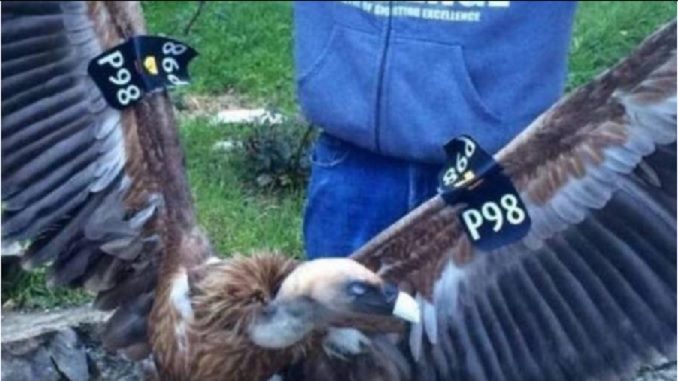
Deep within uranium mines, lizards were lurking around, attracting atomic waves and delivering intel on the Iranian government. Or at least that’s the narrative Iranian military advisor Hassan Firuzabadi told media outlets earlier this week, National Geographic reports.
Firuzabadi’s comments came after being asked about a group of environmentalists under arrest since late January. According to the Times of Israel, a local Iranian news agency quoted Firuzabadi as saying that, in the environmentalists’ possession, they found lizards and chameleons. Allegedly, these were deployed to find where Iran was mining and developing uranium.
The lizards’ skin, Firuzabadi said, was capable of attracting atomic waves. The espionage effort, he added, had failed. It’s unclear how or why Firuzabadi reached this conclusion, but this alleged attempt would have failed regardless because lizard skin isn’t capable of absorbing measurable atomic waves, say scientists. Further, as cold-blooded animals, the lizards likely would not have sought out cool, dark caves.
It’s not the first time animals have been accused of spying—not by a longshot.
In 2016, a large griffon vulture with a six-foot wingspan crossed the Israeli border into Lebanon. When the bird was caught by local villagers, it was found to be wearing a small tracking device on its foot. The locals suspected the animal was being used to spy on them. The real reason the vulture was wearing a tracker? It was part of a program to repopulate raptors in the Middle East and had been living at the Israeli Gamla Nature Reserve. According to the BBC, it was eventually returned to its home after UN peacekeepers intervened.
An Israeli vulture was also detained in 2011 by the Saudi Arabian government. That griffon vulture was wearing a GPS tag owned by the University of Tel Aviv, which was studying the endangered bird’s movement patterns.
Iran has a long history of suspecting animals for spying, particularly accusing the West of trying to gather information about its nuclear activities.
Back in 2008, two “spy pigeons” were suspected of being used to gather intelligence about Iran’s uranium enrichment plant in Natanz, reported Iran’s reformist paper Etemad Melli. It said one of the birds was captured not far from the heavily bunkered underground facility and had metal rings, strings and other suspicious features attached.
In 2007, they detained 14 squirrels that local news agencies said were equipped with spying equipment. The account at the time by the daily Resalat claimed the rodents were released along its border by Western intelligence and fitted with espionage equipment, including navigation tracking, bugging devices and a camera. At the time, national police confirmed they were aware of the story, but did not divulge more information about where they thought the squirrels came from or what happened to them. NPR interviewed a former CIA agent, and wildlife professor John Koprowski, who were both extremely skeptical that squirrels could be trained for such a purpose.
While lizards, vultures, and squirrels are more outlandish accusations of animal spies, some may not be as far-fetched.
In 2015, Hamas—a Palestinian political organization that the U.S. State Department has accused of terrorism—claimed they apprehended a dolphin that was spying for Israeli forces. The Times of Israel reported allegations that the dolphin was outfitted with spying equipment, including but not limited to cameras. The details of that story remain murky, but it’s indisputable that dolphins have been used in military tactics a number of times over the years.
In 2014, when Russia took over Crimea and infiltrated a Ukrainian military unit, they found several “combat dolphins.” The marine mammals were believed to be used to find underwater targets like mines or to block intruders from entering restricted areas.
In the 1960s, the U.S. Navy ran a similar program. Speaking with National Geographic in 2014, a representative from the marine mammal research program at the University of Hawaii said that the U.S. has not only used dolphins as guards, but the animals are also highly skilled at detecting underwater mines. Dolphins’ echolocation is so precise, they’ve even been used in lieu of machines.
Other U.S. agencies during the Cold War were actively involved in animal research for espionage or wartime use. For example, the CIA’s so-called Acoustic Kitty project in the 1960s involved using trained cats to spy on the Kremlin and Soviet embassies, including the compound in Washington, D.C.
The CIA’s cat project involved planting a small transmitter above the cat’s skull and placing a microphone in the animal’s ear canal. The tail served as an antenna. Acoustic Kitty reportedly didn’t work so well from a technical standpoint and due to animal behavior, so it was abandoned but still cost millions of dollars. The CIA didn’t respond to a request for comment for this story.
